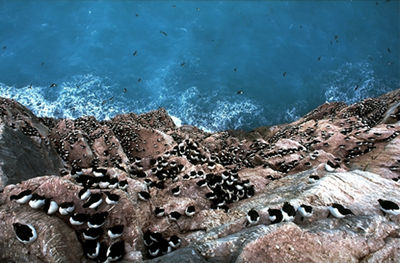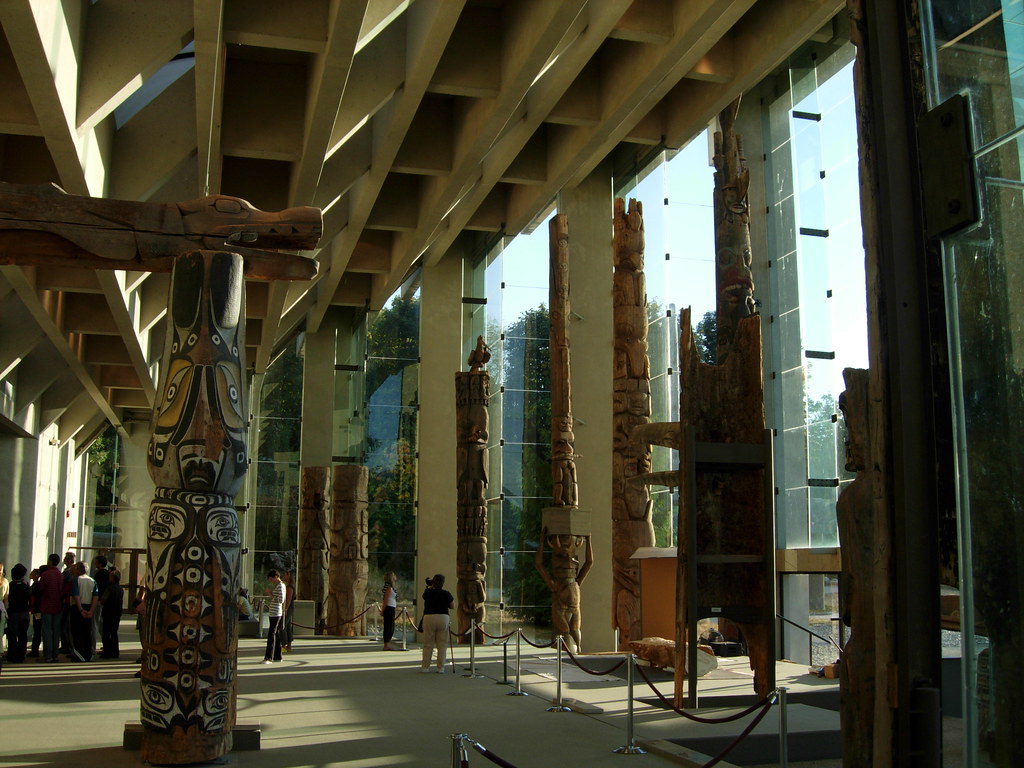Browse "Things"
-
Article
Munsinger Affair
Between 1958 and 1961 Pierre SÉVIGNY , John DIEFENBAKER's associate minister of national defence, had an affair with Gerda Munsinger, a German immigrant. Acting on information from American sources, the RCMP warned
"https://d2ttikhf7xbzbs.cloudfront.net/media/media/bbe4e9f8-1f68-45be-9d5c-1d20d4c33074.jpg" // resources/views/front/categories/view.blade.php
https://d2ttikhf7xbzbs.cloudfront.net/media/media/bbe4e9f8-1f68-45be-9d5c-1d20d4c33074.jpg
-
"https://development.thecanadianencyclopedia.ca/images/tce_placeholder.jpg?v=e9dca980c9bdb3aa11e832e7ea94f5d9" // resources/views/front/categories/view.blade.php
https://development.thecanadianencyclopedia.ca/images/tce_placeholder.jpg?v=e9dca980c9bdb3aa11e832e7ea94f5d9
-
Article
Murder of Reena Virk
Reena Virk, a 14-year-old of South Asian origin, was savagely beaten and murdered by teenaged attackers in November 1997 in a suburb of Victoria, British Columbia. The crime horrified Canadians and attracted international media attention because of the brutality of the killing as well as the youth of Virk and those who attacked her. It prompted a national conversation about teenaged bullying and racism, led in part by Virk’s parents, who became anti-bullying campaigners in the wake of their daughter’s murder. This article contains sensitive material that may not be suitable for all audiences.
"https://development.thecanadianencyclopedia.ca/images/tce_placeholder.jpg?v=e9dca980c9bdb3aa11e832e7ea94f5d9" // resources/views/front/categories/view.blade.php
https://development.thecanadianencyclopedia.ca/images/tce_placeholder.jpg?v=e9dca980c9bdb3aa11e832e7ea94f5d9
-
Article
Murdoch Case
The Murdoch Case was a Supreme Court of Canada case (1975) involving matrimonial property law. Historically, wives could only own property by having it placed in their names or by providing all or part of its purchase price.
"https://development.thecanadianencyclopedia.ca/images/tce_placeholder.jpg?v=e9dca980c9bdb3aa11e832e7ea94f5d9" // resources/views/front/categories/view.blade.php
https://development.thecanadianencyclopedia.ca/images/tce_placeholder.jpg?v=e9dca980c9bdb3aa11e832e7ea94f5d9
-
Article
Murdoch Mysteries
Murdoch Mysteries is a TV series about William Murdoch, a fictional Victorian-era detective who is ahead of his time and uses forensic science and technology to solve Toronto’s most complex crimes. Often referred to as a Victorian-era CSI, the long-running police procedural features a mix of humour, intrigue, science fiction, history and period production values. Based on Maureen Jennings’s successful series of mystery novels, the show attracted a cult following after premiering on City TV in 2008. It garnered a much larger audience after being picked up by the CBC in 2013. It was Canada’s highest-rated scripted television series in 2016, 2017 and 2018, and won the Golden Screen Award in 2017, 2018 and 2020. It is seen by millions of viewers in more than 100 countries.
"https://d2ttikhf7xbzbs.cloudfront.net/media/media/035ad198-2587-4ecb-8b95-c11db643d2c0.jpg" // resources/views/front/categories/view.blade.php
https://d2ttikhf7xbzbs.cloudfront.net/media/media/035ad198-2587-4ecb-8b95-c11db643d2c0.jpg
-
Article
Murdochville Strike
On 10 March 1957, the 1,000 workers of Gaspé Copper Mines in Murdochville, Québec, struck for the right to unionize. The conflict lasted 7 months and ended in defeat for the miners. Moreover, a 15-year judicial battle finally awarded the company $1.5 million in damages from the United Steelworkers of America ("Métallos" in Québec).
"https://d2ttikhf7xbzbs.cloudfront.net/media/media/aee50531-a98b-429d-b2c6-3dd787abde3f.jpg" // resources/views/front/categories/view.blade.php
https://d2ttikhf7xbzbs.cloudfront.net/media/media/aee50531-a98b-429d-b2c6-3dd787abde3f.jpg
-
Article
Murray Treaty of Longueuil (1760)
On 5 September 1760, three days before the Capitulation of Montreal, the chief of the Huron-Wendat of Lorette, who had accompanied the retreating French army from Quebec to the Montreal region, approached General James Murray at Longueuil. A treaty of peace — known as the Murray Treaty of Longueuil or simply, the Murray Treaty — was concluded whereby the Huron-Wendat came under British protection. (See also Treaties with Indigenous Peoples in Canada.)
"https://d2ttikhf7xbzbs.cloudfront.net/media/media/32a4e97d-85ed-4182-acd7-1f2fa6862fe7.jpg" // resources/views/front/categories/view.blade.php
https://d2ttikhf7xbzbs.cloudfront.net/media/media/32a4e97d-85ed-4182-acd7-1f2fa6862fe7.jpg
-
Article
Murre
The term murre refers to 2 species, common murre (Uria aalge) and thick-billed murre (U. lomvia), the largest extant members of the auk family.
"https://d2ttikhf7xbzbs.cloudfront.net/media/media/17e7b4cc-ada0-4552-8cd2-fc0fab422f8f.jpg" // resources/views/front/categories/view.blade.php
https://d2ttikhf7xbzbs.cloudfront.net/media/media/17e7b4cc-ada0-4552-8cd2-fc0fab422f8f.jpg
-
Article
Muscular Dystrophy Canada
Muscular Dystrophy Canada (MDC) was founded in 1954 by a group of parents who had children with Duchenne muscular dystrophy. Now a national voluntary health organization with offices across Canada, MDC is dedicated to fighting over 40 different neuromuscular disorders.
"https://development.thecanadianencyclopedia.ca/images/tce_placeholder.jpg?v=e9dca980c9bdb3aa11e832e7ea94f5d9" // resources/views/front/categories/view.blade.php
https://development.thecanadianencyclopedia.ca/images/tce_placeholder.jpg?v=e9dca980c9bdb3aa11e832e7ea94f5d9
-
Article
Musée de l'Amérique francophone
Established in 1806 by the Séminaire de Québec, the Musée de l'Amérique francophone is the oldest museum in Canada.
"https://d2ttikhf7xbzbs.cloudfront.net/media/media/8b6b148e-044b-4ca9-a70a-2080d5773590.jpg" // resources/views/front/categories/view.blade.php
https://d2ttikhf7xbzbs.cloudfront.net/media/media/8b6b148e-044b-4ca9-a70a-2080d5773590.jpg
-
Article
Museum of Anthropology
The Museum of Anthropology (MOA) at the University of British Columbia was established in 1949. The MOA’s current location opened in 1976. The MOA’s collection includes ethnographic and archaeological objects from around the world and it is widely recognized for its collection of Northwest Coast Indigenous Art. (See also Northwest Coast Indigenous Peoples in Canada.) In addition to research, the museum provides public programs and exhibitions. It also serves as a teaching museum, providing training in museum studies and conservation. (See also Anthropology in Canada; Archaeology.)
"https://d2ttikhf7xbzbs.cloudfront.net/museumofanthropology/greathallmoa.jpg" // resources/views/front/categories/view.blade.php
https://d2ttikhf7xbzbs.cloudfront.net/museumofanthropology/greathallmoa.jpg
-
Article
Museum Policy
Museum policy has to do with the legislative, financial and administrative arrangements made by governments to establish and support museums, and also with the decisions taken by each individual museum to establish its own role in the community.
"https://development.thecanadianencyclopedia.ca/images/tce_placeholder.jpg?v=e9dca980c9bdb3aa11e832e7ea94f5d9" // resources/views/front/categories/view.blade.php
https://development.thecanadianencyclopedia.ca/images/tce_placeholder.jpg?v=e9dca980c9bdb3aa11e832e7ea94f5d9
-
Article
Musgrave
Musgrave. Toronto music dealer and publisher, located in the Yonge St Arcade. The business was opened in 1909 by the brothers Charles E. and George A. Musgrave; about 1914 it was briefly A.L.E. Davies and Musgrave Brothers; after 1926 it was run as Charles E. Musgrave & Son (Edward C.
"https://development.thecanadianencyclopedia.ca/images/tce_placeholder.jpg?v=e9dca980c9bdb3aa11e832e7ea94f5d9" // resources/views/front/categories/view.blade.php
https://development.thecanadianencyclopedia.ca/images/tce_placeholder.jpg?v=e9dca980c9bdb3aa11e832e7ea94f5d9
-
Article
Music at The Stratford Festival
The Stratford Festival (named the Stratford Shakespearean Festival, 1953–57; Stratford Festival, 1957–99; Stratford Festival of Canada, 2000–08; Stratford Shakespeare Festival, 2008–12) is an annual repertory theatre festival.
"https://d2ttikhf7xbzbs.cloudfront.net/media/media/7a68957a-5d7c-4d18-8a4b-9aac395d8a53.jpg" // resources/views/front/categories/view.blade.php
https://d2ttikhf7xbzbs.cloudfront.net/media/media/7a68957a-5d7c-4d18-8a4b-9aac395d8a53.jpg
-
Article
Music Canada Sales Certifications
On 1 January 1975, the Canadian Recording Industry Association (CRIA) — which was founded as the Canadian Record Manufacturer’s Association in 1964 and renamed Music Canada in 2011 — began certifying sales of singles and albums in Canada.
"https://d2ttikhf7xbzbs.cloudfront.net/media/media/e90630ee-b8ed-43bf-9a85-8675d61108a5.jpg" // resources/views/front/categories/view.blade.php
https://d2ttikhf7xbzbs.cloudfront.net/media/media/e90630ee-b8ed-43bf-9a85-8675d61108a5.jpg
